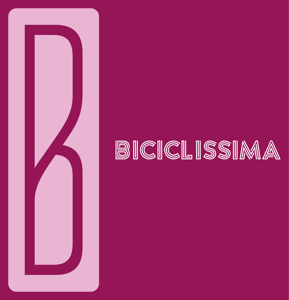Iconic 1957 Tour de France musette bag
Description:
Supply bag for the 1957 Tour de France won by Jacques Anquetil. Jem advertising.
Very rare opportunity! A must-have and hard to find for collectors! NOT a reproduction.
Size: 25 x 29cm
Condition: good condition. No holes and no missing button.
PLEASE NOTE to look carefully at the photos to determine the condition.
In the early days, musettes were not available for fans to purchase. They were highly prized and collected, especially when a favorite brand or race was featured.
This simple but vital musette bag with a shoulder strap in which we put food and water to riders has always been a tricky but crucial part of racing. There was no restrictions in the early days to carry extra food or sodas, bars and cafes were often raided by riders leaving bills for race organizers to settle later.
In the 1950's, the technical staff of each professional cycling team replaced the random cafes and food tables on the side of the road to hand out musettes to riders who didn't need to stop and risk losing valuable time. Every rider knew that not taking their musette bag in the areas limited by the race direction could be detrimental and have disastrous consequences, namely being a victim of hypoglycemia! While cycling continues to progress with technological innovations, the musette remains a vital method to get food and drinks to riders in the peloton.
Information supplémentaire:
Cette boisson était fabriquée par Nestlé et fort répandue dans les années 57-60; elle était conditionné en petites boîtes de fer blanc comme on peu le voir sur l'illustration ci-dessus. Il existait 3 parfums : chocolat, vanille et ananas. Cette marque a disparu.
Pourquoi une distribution de lait à l'école ?
En 1955, Pierre Mendès France, Président du Conseil, lança une campagne en faveur de la consommation de lait , alors produit en excédent. Il y eut des distributions gratuites de lait aux enfants des écoles, afin de lutter contre la malnutrition encore fréquente parmi les enfants nés lors du babyboom de l'après-guerre".



